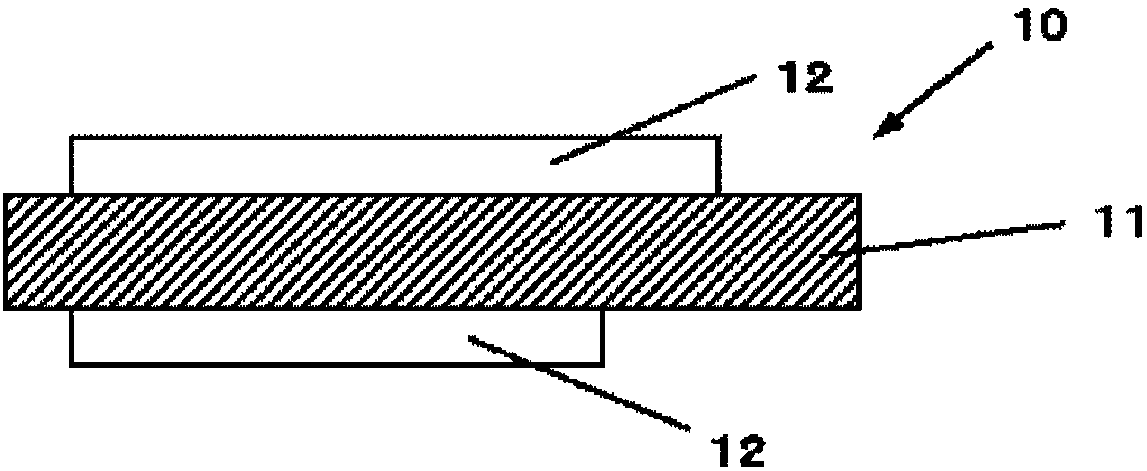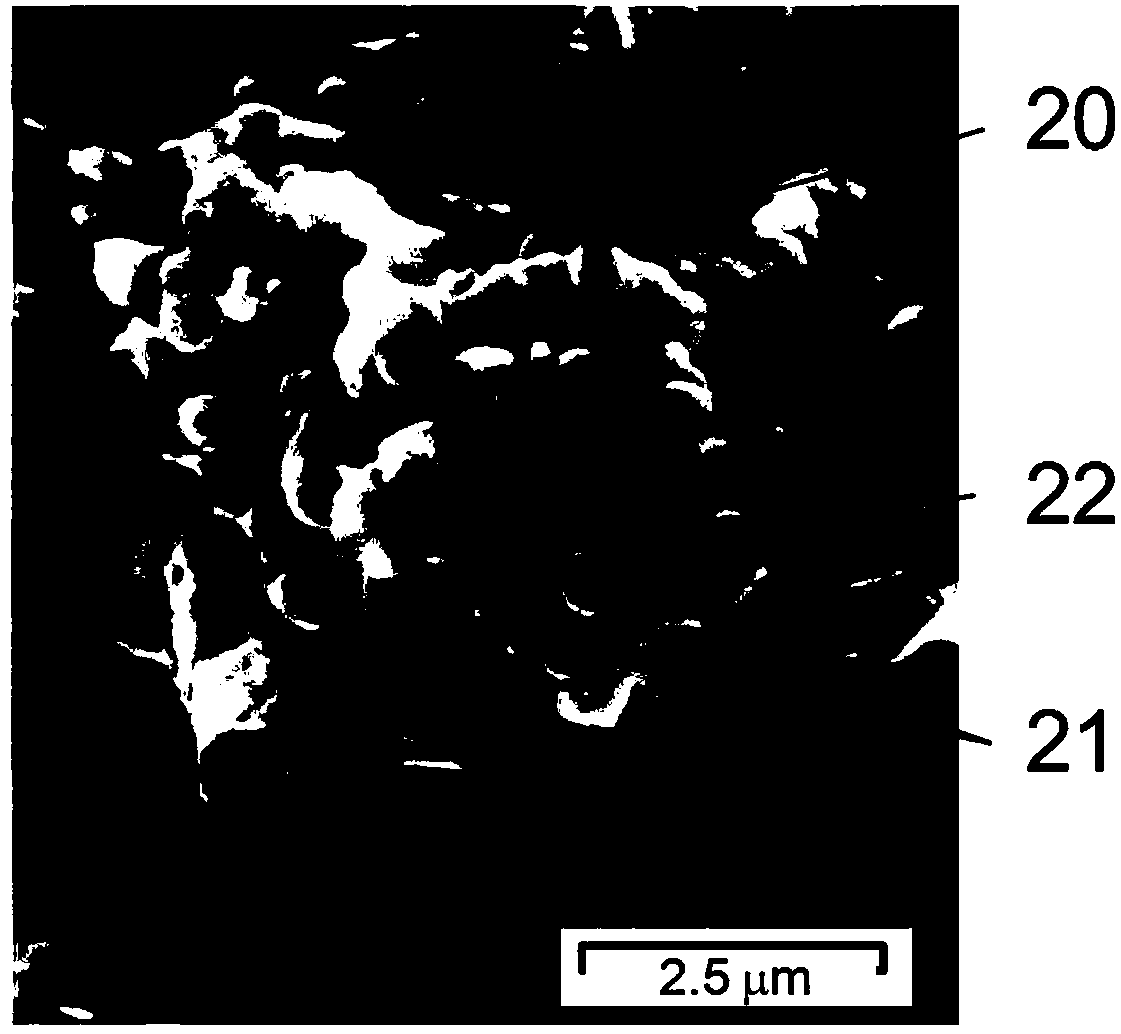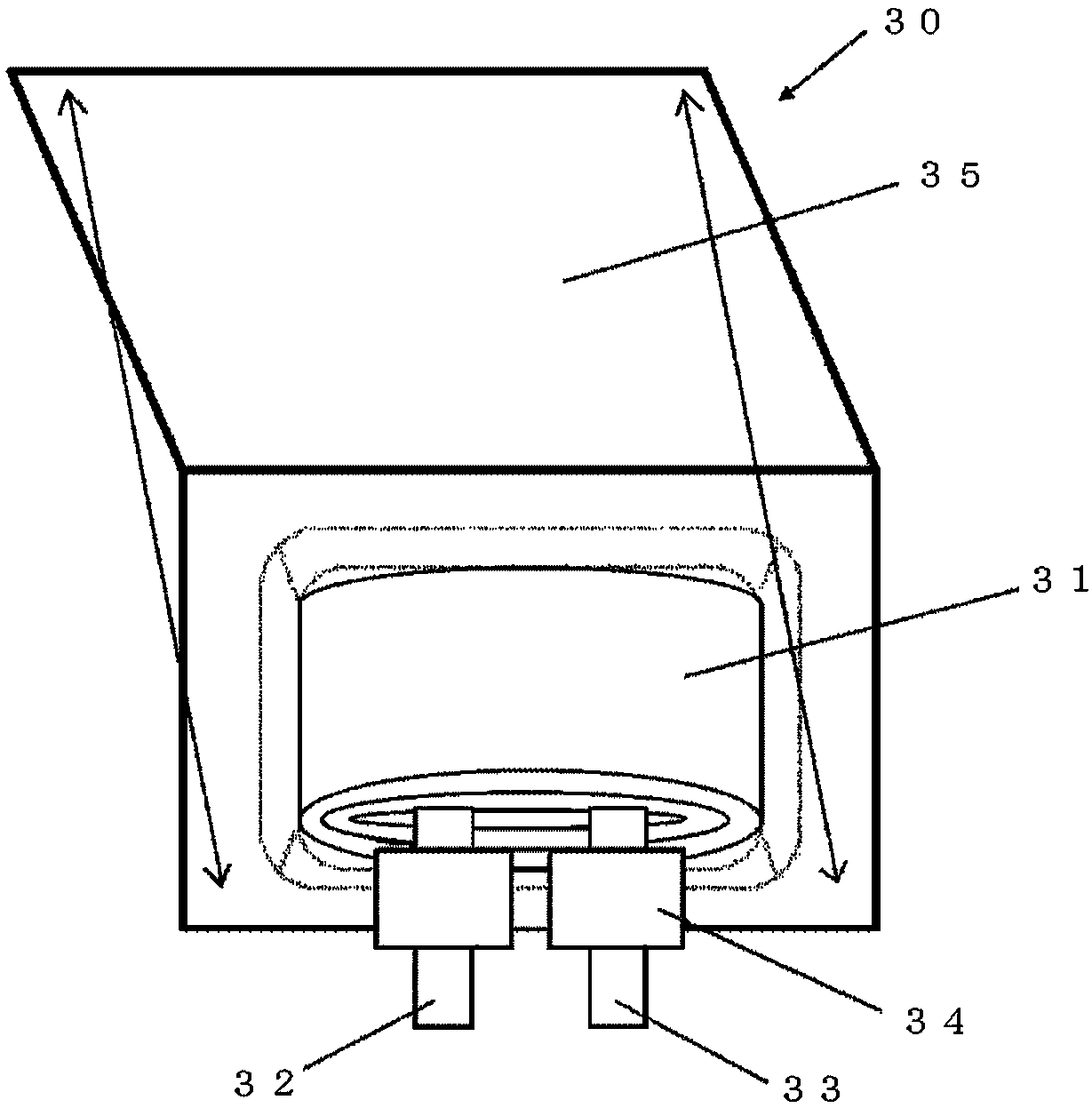Negative electrode active material for non-aqueous electrolyte secondary batteries, negative electrode for non-aqueous electrolyte secondary batteries, non-aqueous electrolyte secondary battery, and method for producing negative electrode active material for non-aqueous electrolyte secondary batteries
A negative electrode active material and non-aqueous electrolyte technology, which is applied in the direction of non-aqueous electrolyte battery electrodes, non-aqueous electrolyte batteries, secondary batteries, etc., can solve the problems of electrolyte consumption and easy degradation of cycle characteristics
- Summary
- Abstract
- Description
- Claims
- Application Information
AI Technical Summary
Problems solved by technology
Method used
Image
Examples
Embodiment 1-1
[0197] According to the following sequence, make as image 3 A laminated film type secondary battery 30 is shown.
[0198] Make the positive electrode first. The positive active material is 95 parts by mass of lithium-cobalt composite oxide, namely LiCoO 2 , 2.5 parts by mass of the positive electrode conductive aid, and 2.5 parts by mass of the positive electrode binder (polyvinylidene fluoride, PVDF) are mixed to make the positive electrode mixture. Next, the positive electrode mixture is dispersed in an organic solvent (N-methyl-2-pyrrolidone, NMP) to form a pasty slurry. Next, the slurry was coated on both sides of the positive electrode current collector with a coating device having a die, and dried with a hot air drying device. At this time, the thickness of the positive electrode current collector was 15 μm. Finally, compression molding is performed by rolling.
[0199] Next, create a negative electrode. In order to make the negative electrode active material, the...
Embodiment 1-2~1-5
[0208] (Examples 1-2 to 1-5, Comparative Example 1-1, Comparative Example 1-2)
[0209]A secondary battery was produced in the same manner as in Example 1-1 except for adjusting the amount of oxygen in the bulk of the silicon compound particles. At this time, the amount of oxygen is adjusted by changing the ratio and temperature of the vaporized starting materials. In Examples 1-1 to 1-5, Comparative Example 1-1, and Comparative Example 1-2, SiO x The x values of the silicon compounds represented are shown in Table 1.
[0210] After checking the initial charge and discharge characteristics (initial efficiency (%)) and cycle characteristics (maintenance rate (%)) of the secondary batteries of Examples 1-1 to 1-5, Comparative Example 1-1, and Comparative Example 1-2, The results shown in Table 1 were obtained.
[0211] The cycle characteristics were checked as follows. First, in order to stabilize the battery, charge and discharge were performed twice in an environment of ...
Embodiment 2-1~ Embodiment 2-4、 comparative example 2-1~ comparative example 2-3
[0224] Basically carry out the manufacture of secondary battery in the same manner as in Example 1-3, but in the silicon compound represented by SiOx, by changing the positional relationship between the vaporization starting material and the precipitation plate, the carbon dioxide in the negative electrode active material powder is The mass fraction of silicon particles, the presence or absence of composite secondary particles, and the presence or absence of silicon compound particles in composite secondary particles were changed as shown in Table 2. After examining the initial charge-discharge characteristics and cycle characteristics of the secondary batteries of Example 2-1 to Example 2-4 and Comparative Example 2-1 to Comparative Example 2-3, the results shown in Table 2 were obtained.
[0225] [Table 2]
[0226] SiOx(x=0.9); d50=5.4μm; XRD half value width 2θ=1.85; Si(111) crystallite: 4.72nm; Ib / Ia=1.95;
[0227] I 1330 / I 1580 = 1.2; carbon content: 5% by mass; carbo...
PUM
| Property | Measurement | Unit |
|---|---|---|
| particle diameter | aaaaa | aaaaa |
| coverage | aaaaa | aaaaa |
| coating thickness | aaaaa | aaaaa |
Abstract
Description
Claims
Application Information
 Login to View More
Login to View More - R&D
- Intellectual Property
- Life Sciences
- Materials
- Tech Scout
- Unparalleled Data Quality
- Higher Quality Content
- 60% Fewer Hallucinations
Browse by: Latest US Patents, China's latest patents, Technical Efficacy Thesaurus, Application Domain, Technology Topic, Popular Technical Reports.
© 2025 PatSnap. All rights reserved.Legal|Privacy policy|Modern Slavery Act Transparency Statement|Sitemap|About US| Contact US: help@patsnap.com



